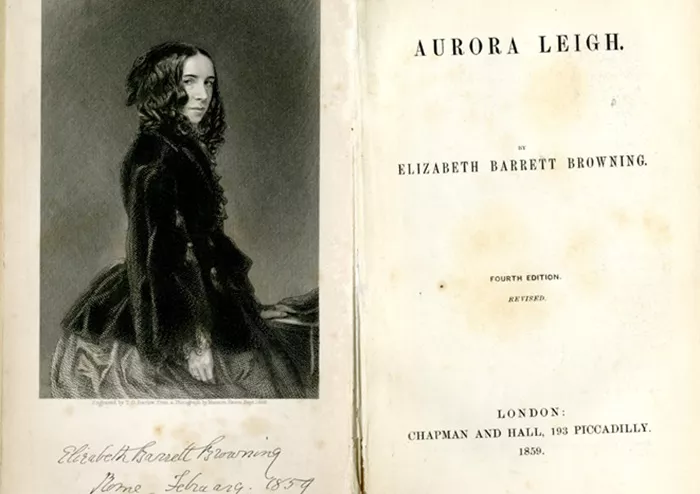Welcome to Poem of the Day – Minstrelsy by Elizabeth Barrett Browning
Elizabeth Barrett Browning, one of the most prominent poets of the Victorian era, is best known for her evocative and deeply emotional poetry. Her work often explores themes of love, social justice, and the human spirit. In her poem Minstrelsy, Browning taps into the power of music and poetry to convey profound truths about the human experience.
Minstrelsy Explanation
Overview of Minstrelsy
Minstrelsy is a poem that uses the figure of the minstrel, a traditional performer who sings and tells stories, to explore the deeper connections between art, emotion, and life. Browning’s use of the minstrel is not just to describe a musician, but also to represent the role of the poet or artist in society. The poem reflects on how songs or poetry resonate with the listener, stirring emotions and revealing aspects of the human soul that are often left unsaid.
Key Themes
The Power of Art and Music: The central theme of Minstrelsy is the ability of music and poetry to evoke powerful emotions and to speak to the heart. Browning suggests that the minstrel’s art is not just for entertainment, but it holds a deeper purpose—it connects people to their inner worlds and the world around them.
Art as a Medium for Truth: Browning emphasizes how art, particularly poetry, brings forth truths that words alone might fail to express. The minstrel’s songs serve as a bridge between the artist’s mind and the audience, transmitting truths about life, love, and human experience.
The Artist’s Role: The poem also touches on the role of the artist in society. The minstrel is not merely a performer but a voice that represents the collective emotions and struggles of humanity. In this way, Browning explores the idea of the poet as a prophet-like figure who offers insight into the soul of the world.
Structure and Form
The poem is written in regular meter and rhyme, typical of Browning’s style. The rhythmic structure mirrors the musical quality of the minstrel’s songs, which adds to the theme of music as a means of communication. The poem’s clear, melodic lines reflect the minstrel’s art, making it both an aesthetic and intellectual experience for the reader.
Imagery and Language
Browning’s use of imagery is particularly vivid in Minstrelsy. The poet describes the minstrel in a way that evokes not just the external appearance but the emotional power of the music he creates. There is a blending of sound and image throughout the poem, from the description of the minstrel’s music to the emotional responses it provokes.
The language is simple yet profound, allowing the reader to experience the beauty of the poetry without getting lost in overly complex language. Browning’s choice of words is intentional—each one serves to enhance the emotional impact of the poem.
Conclusion
In Minstrelsy, Elizabeth Barrett Browning explores the deep connection between art and emotion. She portrays the minstrel not just as a performer but as a voice for human truth and experience. Through this poem, Browning reminds us of the timeless power of music and poetry to connect us to our most profound emotions and to reveal the truths of our existence. As with many of her works, Minstrelsy reveals Browning’s understanding of the poet’s unique role in the world: not just to entertain, but to awaken and transform the soul.

